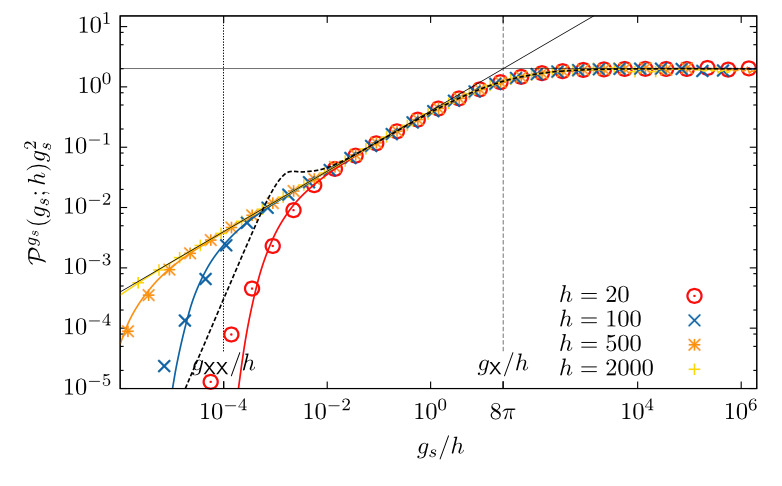The perils of thresholding
Published:
F. Font-Clos, G. Pruessner, A. Deluca, N. R. Moloney, New J. Phys. 17 043066
Download PDF here

Abstract: The thresholding of time series of activity or intensity is frequently used to define and differentiate events. This is either implicit, for example due to resolution limits, or explicit, in order to filter certain small scale physics from the supposed true asymptotic events. Thresholding the birth–death process, however, introduces a scaling region into the event size distribution, which is characterized by an exponent that is unrelated to the actual asymptote and is rather an artefact of thresholding. As a result, numerical fits of simulation data produce a range of exponents, with the true asymptote visible only in the tail of the distribution. This tail is increasingly difficult to sample as the threshold is increased. In the present case, the exponents and the spurious nature of the scaling region can be determined analytically, thus demonstrating the way in which thresholding conceals the true asymptote. The analysis also suggests a procedure for detecting the influence of the threshold by means of a data collapse involving the threshold-imposed scale.
